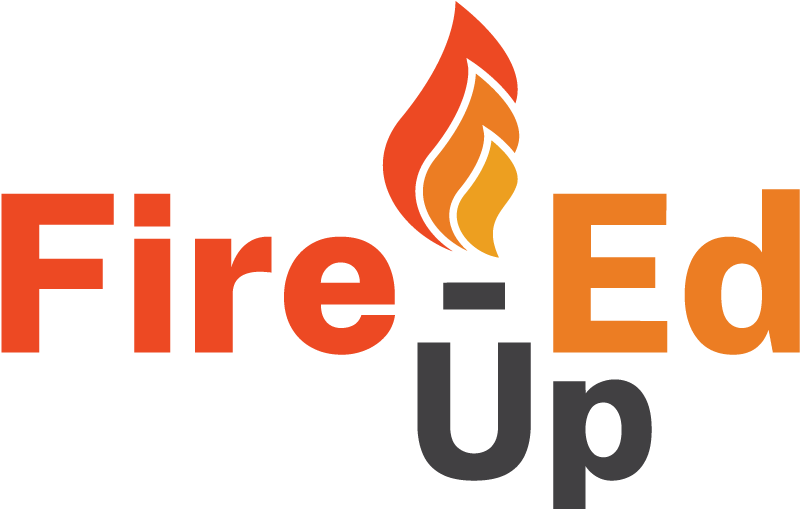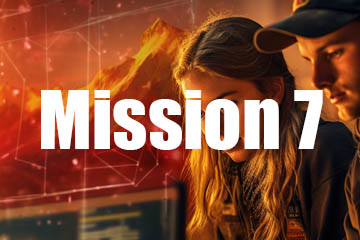 Your solution
Your solution
Fire-Ed Up Challenge
Mission 6 | Prototype
Your Solution
Produce a model or prototype of the best possible solution.

Introduction
What is ‘Prototype’
This stage of the iSTEM engineering design process requires students to create the first model of their solution. Is it safe? Do you have the resources? How can you get feedback on the design?
Use the lesson below to commence solving one of the following scenarios;
Mission Brief
Key Questions for Students to consider
- What type of prototype are you going to construct, a product, device, video, computer model?
- What fidelity will you prototype at?
- What can you create to get the most feedback with the least investment in order to iterate quickly?
- Have you considered work, health and safety (WHS)?
- Are resources available to produce the model or prototype?
Possible Activities
- Use appropriate tools and materials to produce models or prototypes.
- Utilise computer-aided manufacturing (CAM) to produce rapid prototyped models.
- Produce minimal viable products that demonstrate the aesthetic, functional and ergonomic attributes.
- Apply coding techniques to create solutions using physical computing or robotics technologies
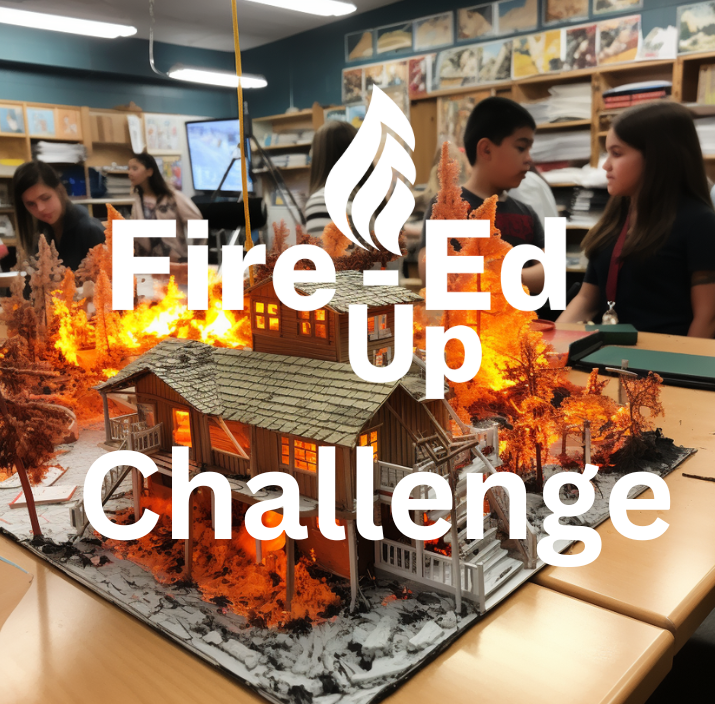
Suggested Learning Sequence – Mission 6
Our expert curriculum designers have developed a suggested Mission 6 learning sequence for teachers. The following is for the full set of Fire-Ed Up Challenge resources, however, teachers are encouraged to only use activities that are most suitable for their own class and school setting.
Sub Mission 1: Prototype Provide students with the prototype worksheet and explain the different types of prototypes.
Sub Mission 2: Testing Provide students with prototype – testing worksheet. Get students to relist the original criteria to assess the success of the project in the space provided on the worksheet. Watch the evaluation video by Glenny-D which demonstrates how to go about testing a prototype. Provide opportunities for students to test and improve their prototypes.
Sub Mission 3: Documentation Provide students with the prototype – documentation worksheet. Get students to outline the steps in the construction of their prototype in the spaces provided on the worksheet. Get students to attach photographs or possibly a link to a video or the final prototype design.
Sub Mission 4: Create a Geodesic dome as a bushfire bunker. Explore the design in this worksheet and make improvements based on the materials you have at hand.
Sub Mission 5: Use software to create a fire-resistant house. Use this worksheet to create conversation on your floorplan idea and explain your design decisions
Sub Mission 6: Scenarios Get students to watch the selected videos from their selected scenario to provide additional context for their project.
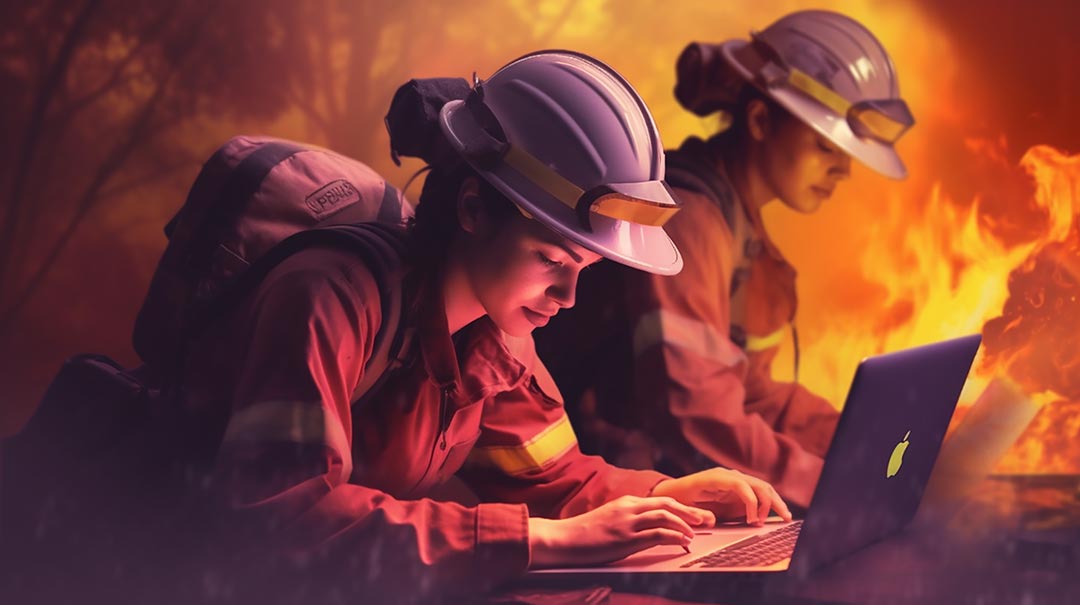


Downloadable Resources

Prototype – Introduction
This worksheet introduces the concept of Prototyping. It provides background on different types of prototypes and constructing a prototype.
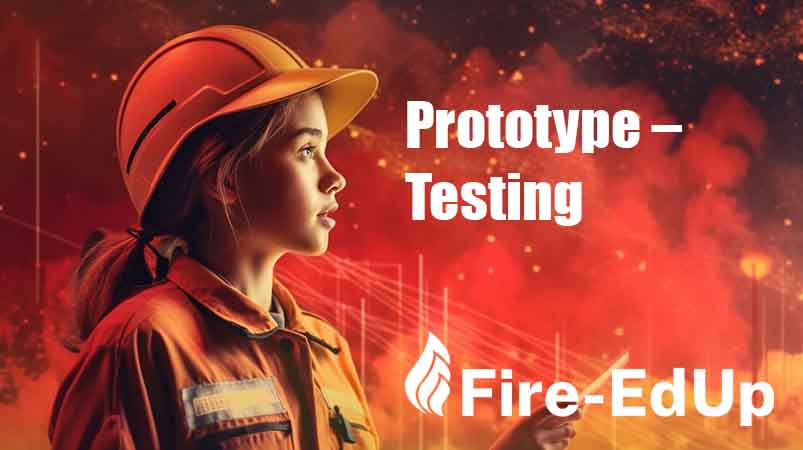
Prototype – Testing
In this worksheet, students are introduced to testing their prototyped solutions. The criteria for success is reintroduced as a way to evaluate the prototype.
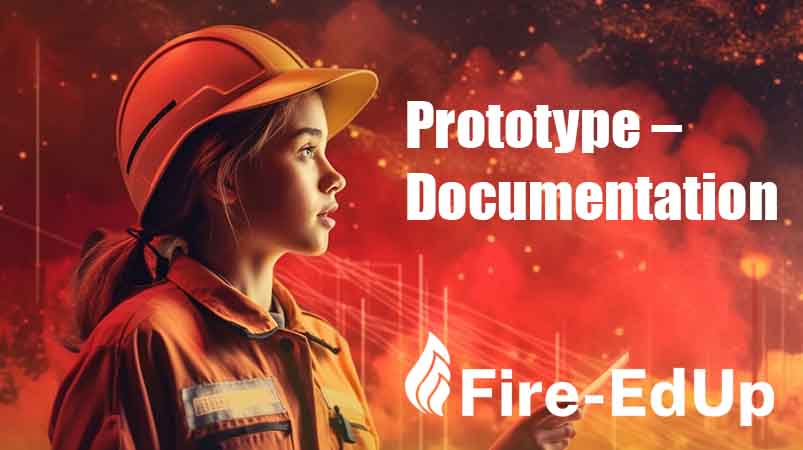
Prototype – Documentation
This worksheet should be used to document the steps in the construction of the prototype and to communicate your solution.

Prototype – Geodesic dome
This worksheet covers the construction of a geodesic dome as a potential prototype for a bushfire bunker. Can you create this or even improve the design with your materials at hand?

Prototype – Digital Design
This worksheet looks at how you can create a Bushfire-Proof house plan on free online software. Create your floorplan and discuss the choices you’ve made with your class.
All Scenarios – Resources
General background information for teachers and students to support challenge activities.
Cultural burning on Walbanga country
Indigenous crews are conducting burns to protect land and collaborating with private landholders to extend the potential of traditional fire management. (3:10 minutes)
How do NPWS firefighters use helicopters?
Helicopters are essential for fighting remote fires in NSW national parks, where fire crews can be dropped with all their equipment for up to 24 hours (0:40 minutes)
Scenario 1: New technologies driving bushfire innovations
How do NPWS firefighters find hot spots on fires?
Hear how NPWS firefighters use technology like lightning detection systems and FLIR (forward-looking infrared camera) to fight bushfires (0:50 Minutes)
How can data help stop bushfires in their tracks?
How can mapping of bushfire-prone areas help reduce the impacts of future bushfires? Hear from Dr Chandrama Sarker’s team at @CSIRO to learn more (1:32 Minutes)
Scenario 2: Strategies to protect human life & property.
How to plan and prepare for bushfires | Emergency Tips
Don’t wait for a bushfire to happen, get ready with these essential tips (3:10 Minutes)
Australian Fire Danger Rating System
Australia’s fire danger rating system has been improved and simplified to make it easier for you to make decisions to stay safe on days of fire danger risk. (0:30 Minutes)
Scenario 3: Safeguarding our precious fauna & flora.
How the environment recovers after fire
Rangers from Grampians National Park, Kinglake National Park & The Pines Flora and Fauna Reserve explain the impacts of bushfire on the environment (3:48 Minutes)
Bushfires and Wildlife – Behind the News
How plants and animals have been impacted by bushfires and meet some carers who are racing to help injured animals. (3:07 Minutes)
